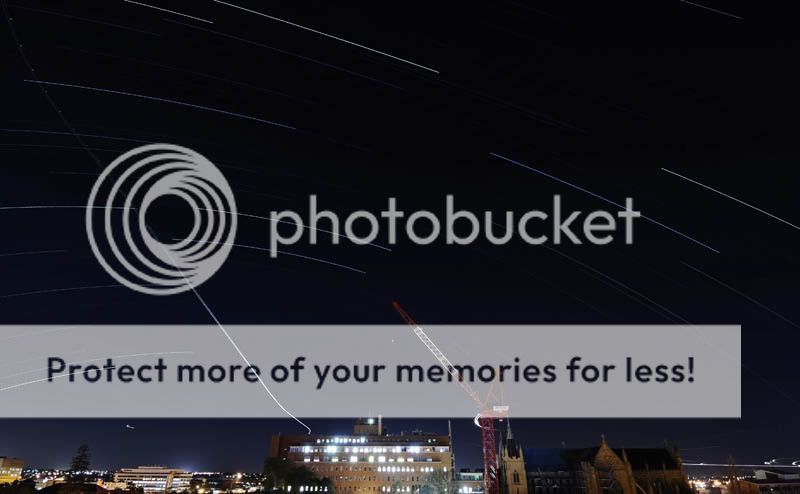Francis247
Senior Member
Hi All,
After helping to organise the First Nikon Clubsnap Outing for 2008 - Singapore Flyer. I was fortunate enough to be given the opportunity to share my experience and knowledge on Night Photography with some of the fellow photographers.
I was really glad to see some of those who attended the night photography session took notes and shared with all.
This inspired me to start a thread to consolidate my thoughts on some of the basic tips, tricks and guidelines for Night Photography.
This thread only serve as a general guideline for most situations encountered in Night Photography and the results may vary.
A basic understanding of the camera and fundamental of photography is still needed to gain better control of the situation.
Special Thanks to Sarukingfisher and Huggable for taking the effort to type out the main points that I shared that night.
Basic Guidelines and Concepts for Night Photography
*Taken from the original thread here.
After helping to organise the First Nikon Clubsnap Outing for 2008 - Singapore Flyer. I was fortunate enough to be given the opportunity to share my experience and knowledge on Night Photography with some of the fellow photographers.
I was really glad to see some of those who attended the night photography session took notes and shared with all.
This inspired me to start a thread to consolidate my thoughts on some of the basic tips, tricks and guidelines for Night Photography.
This thread only serve as a general guideline for most situations encountered in Night Photography and the results may vary.
A basic understanding of the camera and fundamental of photography is still needed to gain better control of the situation.
Special Thanks to Sarukingfisher and Huggable for taking the effort to type out the main points that I shared that night.
Basic Guidelines and Concepts for Night Photography
Here's the main points from Francis for the night photography :
1) 6.45pm - 7.15pm - Rule of 8
A Mode, F8, ISO 100
2) beyond 7.15pm - Rule of 88
M Mode, F8, 8", ISO 100, WB-Auto.
Note: this is a general guideline, try 1st shot to gauge whether to over expose or under expose.
3) use of black card as the 2nd shutter to cut out exposure.
eg 1: street lights that usually will cause over exposure
eg 2: foreground is brighter than background, could cover with black card for the brighter areas to remove the required exposure.
4) for DSLR without ISO 100, could use F11.
5) starburst effect is demonstrated with the 6-star filter lens
6) zoom effect was demonstrated
-> create shootout effect
7) zoom effect with black card was demonstrated - from wide to close up
-> create repetitive subject from far to near
8) zoom effect without black card was demontrated - from wide to close up
-> create repetitive subject from far to near with a trail effect
9) use of black card for firework
cheers
Thanks!
Just to add:
10) Use the viewfinder curtain (if equipped) to prevent stray light from fooling the camera metering system. (if not using M mode)
11) Framing. Try to exclude unnatural items (like tree branches, construction sites) in the frame when taking landscape shots.
12) Important use of tripod, bulb mode, and cable release for taking fireworks. Expose the background sufficiently before the fireworks come on. Use small aperture for thin trails, bigger aperture for thicker light trails.
Looking forward to the "painting with light" lesson!
*Taken from the original thread here.



